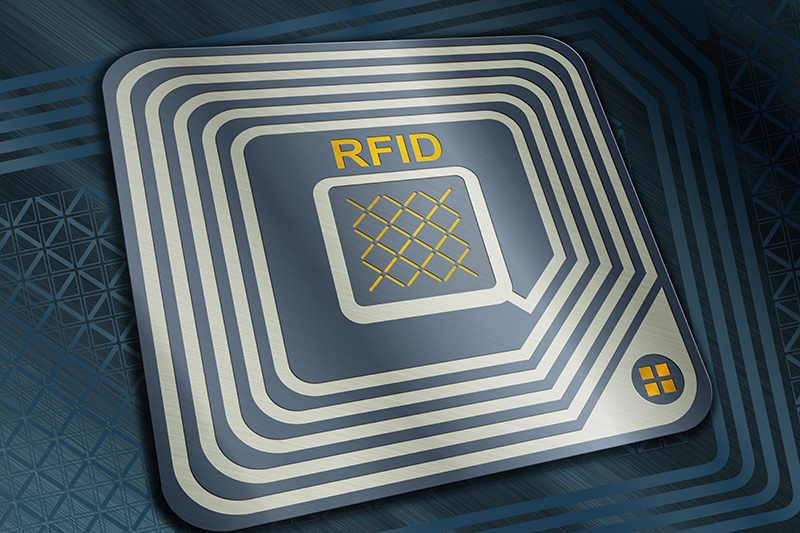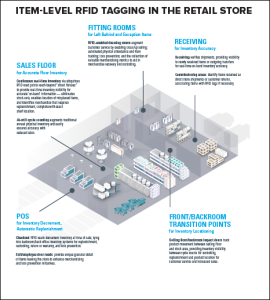
How RFID Readers and Tags Make Asset Management More Efficient and Less Complex
Effective and accurate enterprise asset management, the practice of tracking and collecting data on the status o assets, from inventory to tools isn’t easy. You know this already. But that doesn’t mean there’s no room to make the process more efficient and less complicated. Long gone are the days when the only way to count inventory and track it as it moved was by hand. Barcodes, the advent of the digital age, wireless networking, and more have seen to that. And implementing Radio Frequency Identification—or RFID for short—is the next step to streamlining the process.
Like its barcode-reading counterpart, an RFID reader is a handheld device that reads asset identification data. The similarities, however, end there. Below are some of the ways in which an RFID system will upgrade your enterprise asset management strategy and bring it into the 21st century.
Accurate, Efficient Data Collection
How many barcodes can you scan at once? While the barcode system is still extremely valuable across many industries, it still has certain limitations. Chief among them the fact that only one code is scanable at a time. An RFID reader, on the other hand, can collect information from any RFID tag in its line of sight. The result is accurate data collection at a high speed; dozens or even hundreds can be read in a matter of seconds.
Longevity
There are two other major concerns facing barcodes. The first is that once a label is printed, it is read-only, and cannot store additional information. The other is that with the exception of permanent barcodes that are etched on metal plates, the labels tend to degrade over time. This makes it more difficult for them to be read. RFID tags eliminate both of these concerns. The tags can be written and rewritten to reflect more accurate and up-to-date information. They can even be reprogrammed and reused on new assets. And since the data is stored as opposed to printed, they also last much longer.
Storage
As mentioned above, an RFID tag can be updated with a plethora of asset management data. This is further enhanced by having a much higher storage capacity than traditional asset tags, further adding to the system’s flexibility.
Automation
Workflow operations can become more easily automated when data collection becomes automatic itself. From receiving and dispatching assets to locating them and scheduling them for maintenance, these processes can all be made automatic through an RFID system.
Security
An RFID reader is a hard thing to trick. The tags use unique identifiers that are difficult to counterfeit or cheat. They can be more easily obscured so as to be difficult to remove—some are even integrated directly into the asset, making it impossible to remove without damaging. They can also be used in passive asset monitoring—triggering automatic security responses if an asset is removed from its proper place without authorization.
Enterprise asset management is a complex task, but it can be streamlined for maximum efficiency when you choose to use RFID asset tags.
Learn more about item-level RFID tagging in retail: click here

